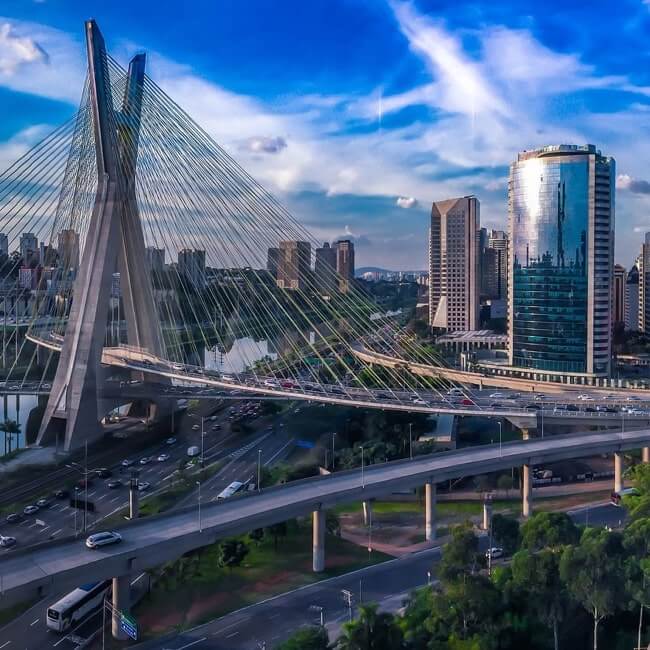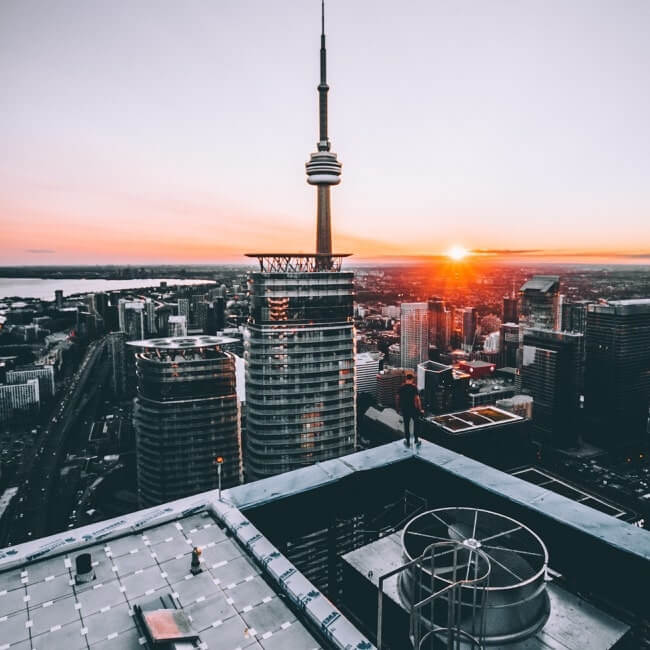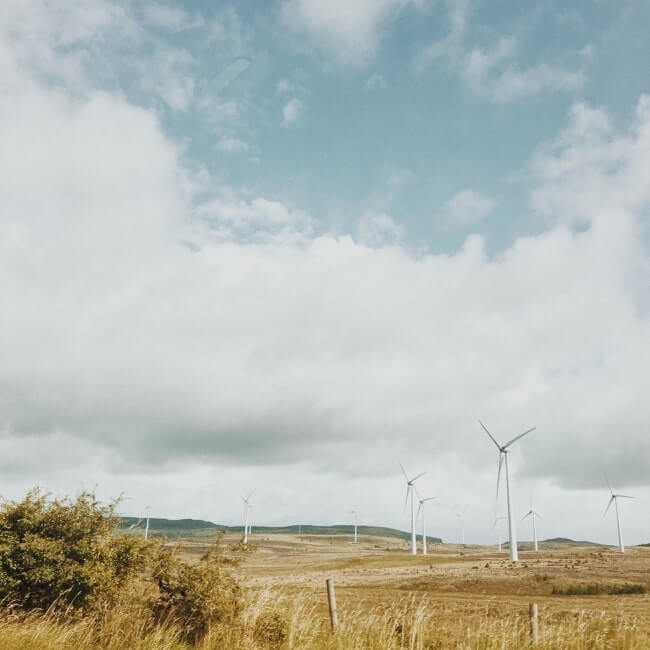Opinions split on proposed US$327mn metro
Subscribe to the leading business intelligence platform in Latin America with different tools for Providers, Contractors, Operators, Government, Legal, Financial and Insurance industries.
News in: Infrastructure (Dominican Republic)

Spotlight: Transport infra projects moving forward in Dominican Republic
BNamericas takes a look at two of the largest transport projects that were approved by the authorities in September.

Dominican Rep awaits US$130mn in Cabei loans
The funds will be for projects related to natural disaster risk reduction and healthcare, the development bank's head told a news outlet.
Subscribe to Latin America’s most trusted business intelligence platform.
Other projects in: Infrastructure
Get critical information about thousands of Infrastructure projects in Latin America: what stages they're in, capex, related companies, contacts and more.
- Project: Cibao International Airport Expansion
- Current stage:

- Updated:
5 days ago
- Project: Extension federal route BR-116 (RS)
- Current stage:

- Updated:
5 days ago
- Project: BR-230 highway paving Marabá-Itaituba
- Current stage:

- Updated:
5 days ago
- Project: Carlos bridge
- Current stage:

- Updated:
6 days ago
- Project: EXAMPLE OF CONCESSION
- Current stage:

- Updated:
6 days ago
- Project: Upgrade of Barros Luco Trudeau hospital
- Current stage:

- Updated:
6 days ago
- Project: Bioceanic integration railway corridor (CFBI, Bioceanic Train)
- Current stage:

- Updated:
6 days ago
- Project: Improvement of the Duitama - Charalá - San Gil road
- Current stage:

- Updated:
6 days ago
- Project: Concession of Highway BR-040/495 (MG/RJ)
- Current stage:

- Updated:
6 days ago
- Project: New Culiacán general hospital
- Current stage:

- Updated:
6 days ago
Other companies in: Infrastructure (Dominican Republic)
Get critical information about thousands of Infrastructure companies in Latin America: their projects, contacts, shareholders, related news and more.
- Company: Ingeniería Estrella S.A. (Ingeniería Estrella)
-
Ingeniería Estrella, formerly Oficina Estrella, is a construction company that belongs to the Dominican Republic's Estrella Group. Together with the other companies in the group...
- Company: Grupo Estrella (Grupo Estrella)
- Company: International Engineering Group, S.R.L. (International Engineering Group - IEG)
-
The description contained in this profile was taken directly from an official source and has not been edited or modified by BNamericas researchers, but may have been automatical...
- Company: Malespín Constructora, S.R.L. (Grupo Malespín)
-
Grupo Malespin is a Dominican company engaged in providing EPC services. Malespin provides hot mix asphalt concrete (HMAC) production, sale, and application services. In constru...
- Company: Conidec S.R.L. (Conidec)
-
Conidec S.R.L. is a construction company based in Distrito Nacional, Dominican Republic. Together with local firms Constructora Rizek & Asociados and Moll Constructora, the comp...
- Company: Consorcio ICAT L1B
- Company: Dominicana de Cales S.A. (DOCALSA)
- Company: A. Alba Sánchez & Asociados, S.A.S (Alba Sánchez)
-
The description contained in this profile was taken directly from an official source and has not been edited or modified by BNamericas researchers, but may have been automatical...



